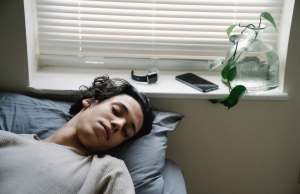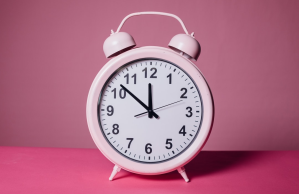- Restless legs syndrome (RLS) causes an individual to experience uncomfortable sensations in their legs, of which can typically be alleviated by movement.
- These sensations usually occur at night, when the individual is sitting or lying down and can have serious implications on their sleep quality.
- RLS is currently classified as a sleep-wake disorder in the Diagnostic Statistical Manual of Mental Disorders, Fifth Edition (DSM-5), but why? Does it belong here?
- Professionals say there is overlap between the physical and psychological factors of this condition, but there are enough psychological features for it to have a place in the DSM.
- Both short-term and long-term treatment is available for RLS: you can quickly relieve symptoms by moving your legs; additionally, taking medication can help in the long-term as well as making adjustments to your day to day routine.
What Is Restless Legs Syndrome?
Restless legs syndrome (RLS) is a condition in which the individual experiences an unmanageable urge to move their legs, typically in response to a strange and uncomfortable sensation. This usually occurs at night when the individual is sitting or lying down, and in turn, can seriously disrupt their sleep.
While the primary characteristic of this disorder is the urge to move one’s legs, other symptoms can alert you to the condition. These include:
- Odd sensations that occur when you rest or relax.
- Relief when you move again.
- Leg twitching, especially at night.
As mentioned above, the sensations one experiences usually occur when they sit or lie down for an extended period of time. Additionally, the individual can typically relieve these sensations by moving around—shaking or stretching one’s legs. Finally, those with RLS often experience leg twitching, especially at night, in addition to the sensations already described. If these symptoms sound all too familiar, you should meet with your doctor to discuss cause and treatment.
Is It a Mental Disorder? Does It Belong in the DSM?
Now that we understand the nature of RLS, does it really belong in the Diagnostic and Statistical Manual of Mental Disorders (DSM)? Should it be classified as a mental disorder? This is open to debate. Caleb Backe, health and wellness expert for Maple Holistics, explains why it can currently be found in the DSM:
“RLS has traditionally been considered more of a mental health issue since it’s cause was relatively undetermined other than it stems from a change in the brain. RLS is essentially a sensorimotor issue, which would question its place among other mental health issues that display themselves in different ways. Nevertheless, placing RLS in the DSM is not such a stretch as even if the cause is neurological, those with RLS are likely to suffer from anxiety or depression. This makes the overlap between RLS being a physical yet psychological issue enough that it may belong in the DSM, although admittedly mostly through ‘byproducts’ of the disorder.”
RLS is currently classified as a sleep-wake disorder in the DSM-5, but Backe believes this may change in the next edition, as recent clinical research published in Neurology suggests that RLS is a neurological disorder.
Is There Treatment for RLS?
If you are experiencing any symptoms of RLS, you should meet with a doctor as soon as possible, as this condition can seriously impact your sleep quality and overall wellbeing. They will evaluate your presentation and help you to alleviate the damaging effects of this condition, of which can include short-term and long-term treatments:
- Short-Term Treatment: As mentioned above, you can quickly alleviate the uncomfortable sensations in your legs by getting up and moving around. Massage therapy can also provide relief from the symptoms of RLS. These, of course, don’t get to the root of the problem, which is why there are also more long-term treatment options available.
- Long-Term Treatment: We don’t yet have a clear understanding of what causes RLS. However, researchers believe that an imbalance of dopamine may be a significant factor. For this reason, certain medications can help treat RLS like dopamine promoters as well as nerve pain medications. Additionally, you can make changes in your everyday routine—like increasing physical exercise and practicing relaxation techniques—to further alleviate the symptoms of RLS.












